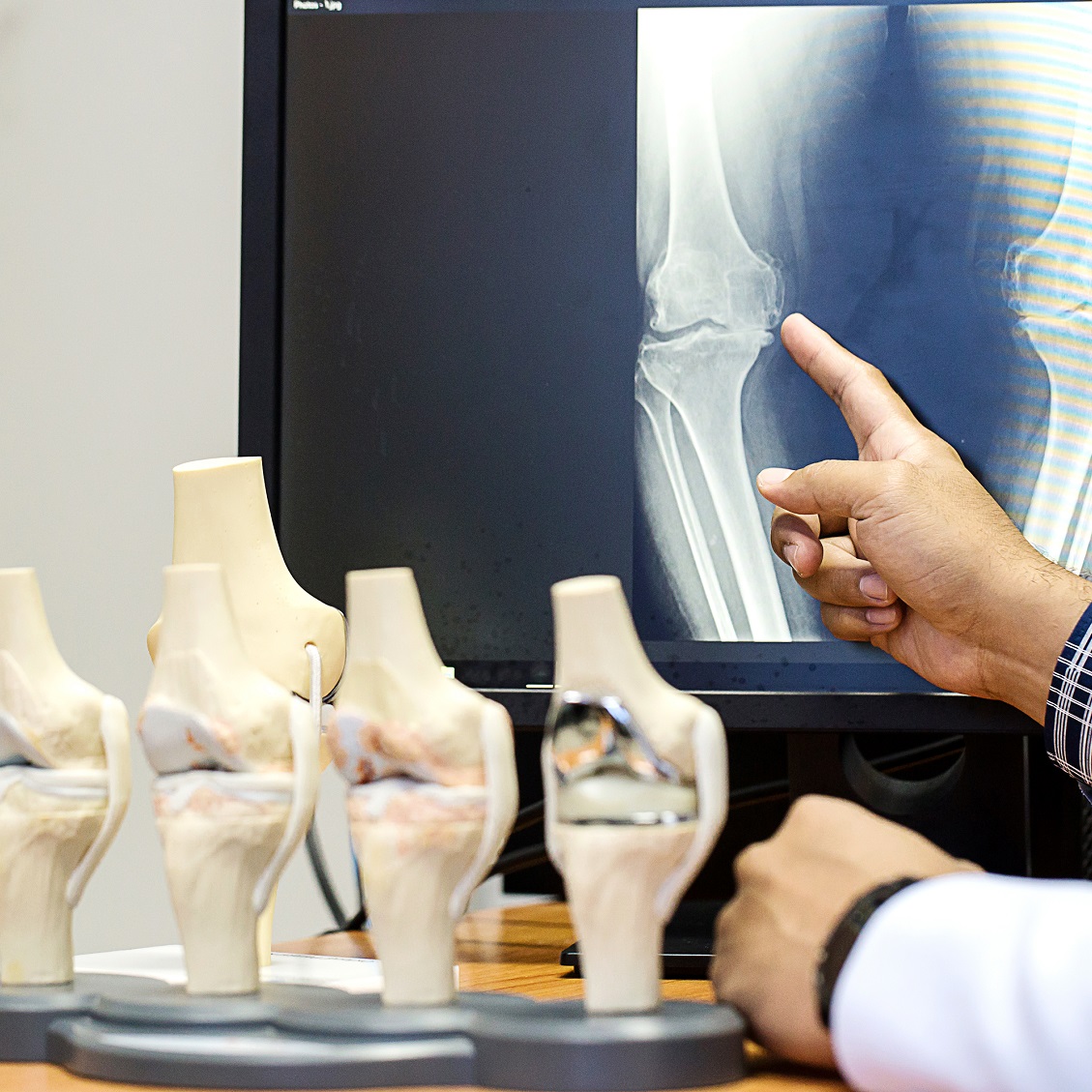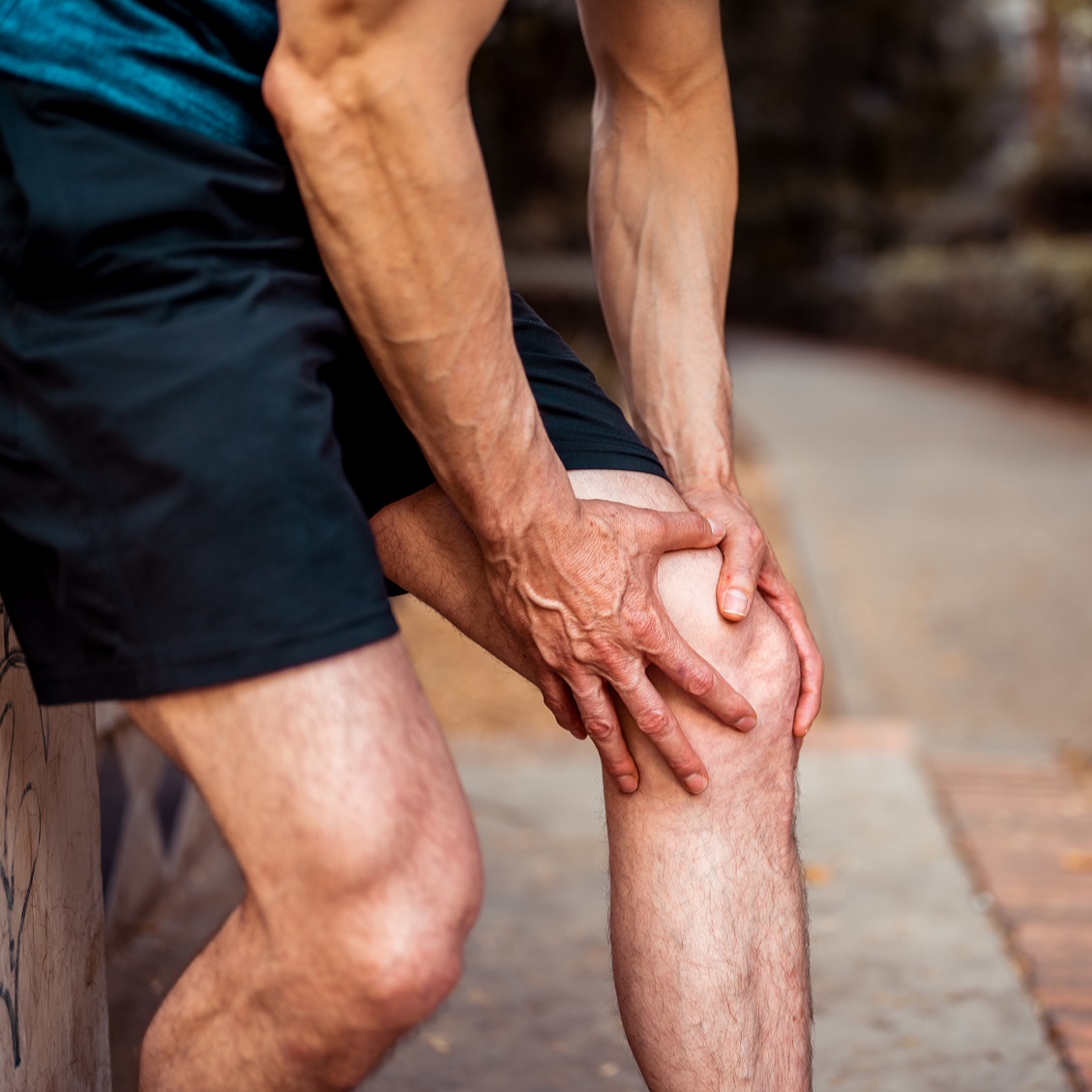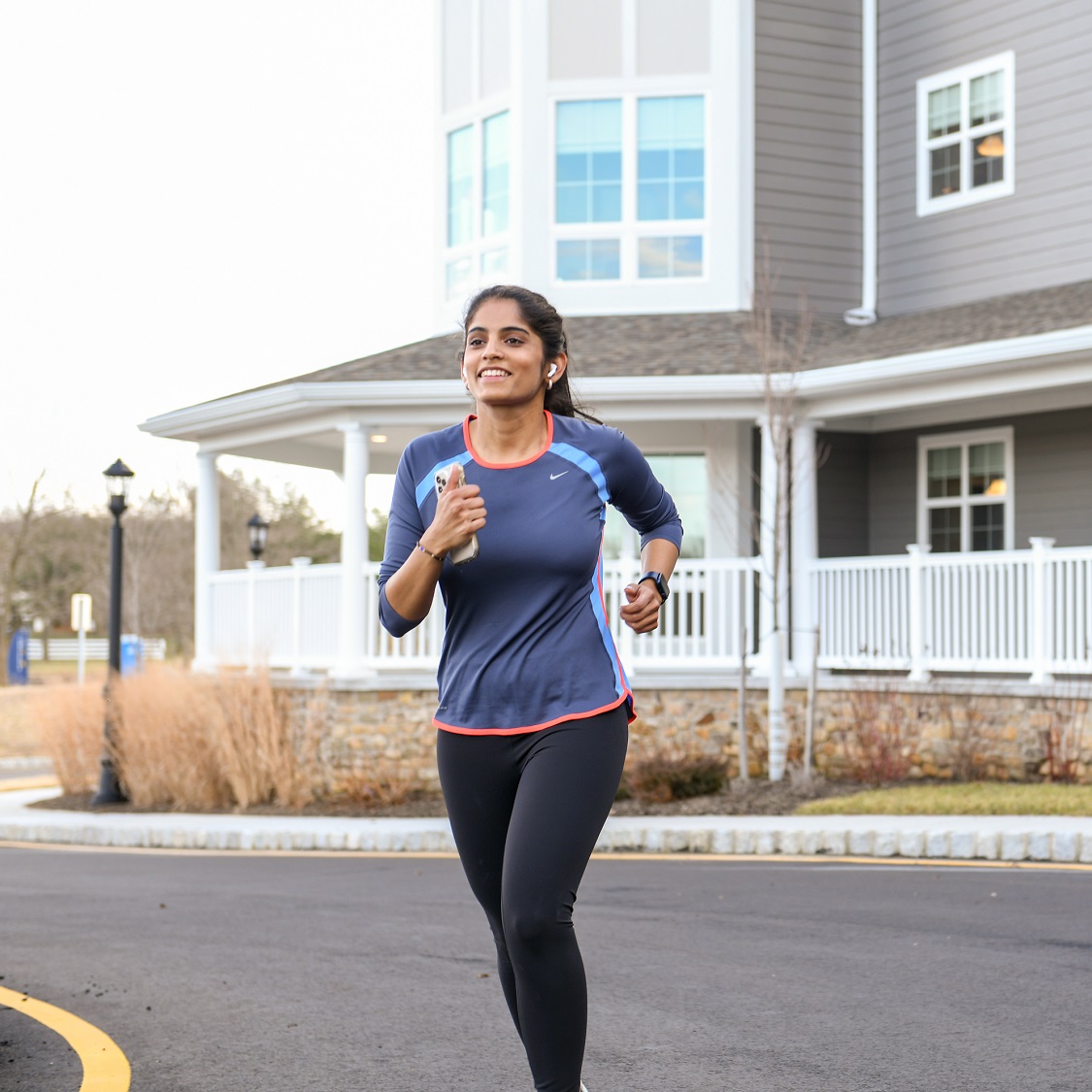4 Tips to Protect Your Knees While Exercising

September 23, 2019
We all know that exercise is an important part of a healthy lifestyle, but when your knees hurt, it can be hard to motivate yourself to get up and move. It might even seem like it’s safest to not exercise so you don’t damage your knees even more. But for most people, knee pain isn’t a reason to stop exercising—and exercising can be good for your knees. The key is working out in a way that’s safe for your knees.
First, don’t panic if you’re feeling sore after an activity: That’s a sign the exercise is doing its job, says orthopedic surgeon Anthony J. Costa, M.D. at Riverview Medical Center. “The purpose is to make your muscles sore so that you get stronger,” he says.
But if you experience a sharp pain in the knee joint while exercising, you should stop immediately, and change or modify that exercise.
Thankfully, this doesn’t mean you have to give up pursuing a specific fitness goal. “If your outcome is strengthening your quadriceps, there are many exercises you can perform that don't put undue shearing stress or pressure across the kneecap into the femur bone. Modify your activities to still get the same outcome, but with less stress on the knee,” says Dr. Costa.
Unless you have arthritis or a knee injury, there’s nothing inherently dangerous or problematic about most exercises. But use common sense: If you experience knee pain every time you do a specific exercise, then you shouldn’t do it.
Four Tips to Protect Your Knees
Use these tips from Dr. Costa to make sure your fitness regimen is beneficial to you and your knees:
- Stick to low-impact exercises. For people with knee pain, trading high-impact activities for low-impact ones, such as cycling, swimming, or using the treadmill or rowing machine, helps improve the efficiency of the knee joint and decreases the risk of injury.
- Don’t exercise on hard surfaces. Sidewalks and other hard surfaces offer little in the way of shock absorption and can be hard on your knees. A slightly bouncy surface—like a treadmill or a soft track at a high school—softens the impact and is more forgiving. (And don’t forget to wear properly fitted sneakers.)
- Avoid bending your knees too much. Exercises such as lunges, burpees and squats put too much pressure on your knees. For someone who is already experiencing knee pain, these movements will simply create more pain. Stay at a half squat (90-degree bend) or less.
- Warm up and stretch. Before exercising, start with a warm-up, such as a slow jog for five to 10 minutes, and then stretch for another five minutes. The warm-up engages all your muscle groups and gets your blood flowing, while the stretching targets specific ones. This helps protect your muscles and joints from injury.
And Dr. Costa’s biggest tip?
- Find an activity you love to do, and do that. “Exercise for your well-being, and that's mental and emotional and physical, not just the physical part. That's why I don't tell patients you have to go and do this one exercise,” he says. “I tell them, do what you love. If it doesn't hurt you, continue it. And now you have a lifestyle change and that's really what’s important.”
Next Steps & Resources:
Learn how our orthopedic teams are committed to helping you maintain bone and joint health. To make an appointment with Dr. Costa or another Hackensack Meridian Health doctor near you, call 848-245-8080.
Do you have questions or concerns about treating joint pain? Learn more about Orthopedic care at Hackensack Meridian Health.
The material provided through HealthU is intended to be used as general information only and should not replace the advice of your physician. Always consult your physician for individual care.




